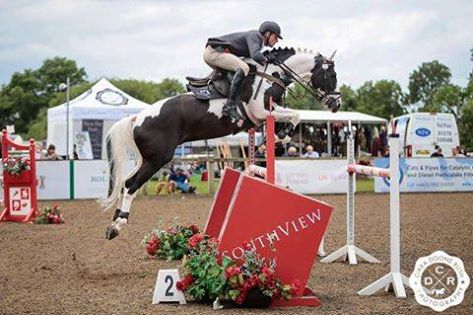Equestrian Rubber Matting
Rubber matting is becoming increasingly popular as a form of bedding or a bedding base, while some people remain hesitant about using it. While rubber matting is becoming increasingly popular in both busy livery yards and private stables, some people don't like the idea of using rubber matting as a bed in their stables because they can't bear the thought of their horse sleeping on a hard floor.However, nearly all horses will happily lie down and sleep in a field and rubber mats are designed so that the horse's weight will compress the rubber to make a comfortable surface to lie on.
The risk of the horse going through to the concrete — as can happen with traditional forms of bedding such as straw — is also removed because the matting completely covers the floor. Another benefit is the dust-free environment that matting can help to create.
For some owners the thought of their horse lying or standing in urine or faeces overnight is enough to put them off this form of bedding. This can be overcome by using a light sprinkling of shavings over the rubber matting that can be swept out each morning or evening.
Alternatively some individuals chose to install rubber matting as a base to help cushion their horse's joints and provide extra warmth in the stable, while using an absorbent bedding such as shavings on top. In these cases considerably less bedding can be used that for a traditional deep bed, saving money and making mucking out easier.
If you do decide to go down the rubber matting route, you will need to decide if you want the matting permanently fixed to the floor of your stable, which may require some work to ensure good adhesion. Alternatively you could opt for a rubber floor you can "lift" to clean underneath. This is usually done once or twice a year if your matting is of good quality.
Whatever you decide it is important to discuss the drainage of the stable with the matting manufacturers and fitters because you may need to alter the ground line of your stable to get maximum benefit.
Some types of non-fixed matting have a second layer that goes between the stable floor and the top layer to help improve drainage. It is important that you ask manufacturers about the strength of this layer as your horse will be standing on it for long periods and breakages could cause "pooling" of urine by affecting the drainage.
Matting can usually be fitted by the company you buy it from but if you opt for a do-it-yourself variety, ensure that you have all the relevant information and take appropriate safety precautions — goggles, and skin protection from adhesives and cutting instruments — before attempting to fit it.
All well-fitted rubber matting floor should pay for itself — in terms of bedding costs saved — in about a year if no additional bedding is used and should last many years. Ask people who use matting how long theirs has lasted to get an idea of the durability of the various types.
The surface of rubber matting varies enormously, from raised bumps to ridges and geometrical shapes. Decide how much grip your horse will need, depending on any problems it has or the condition of its hooves when he goes into the stable — for example, feet covered in wet clay soil might cause the horse to slip.
Budget is likely to be a consideration when you are shopping around, but you should get the best rubber flooring you can afford for maximum benefit and durability.
Mark Todd Stable Rugs | Warmblood Stallions | Dressage Videos | Online Equine Store | Lightweight Stable Rugs



